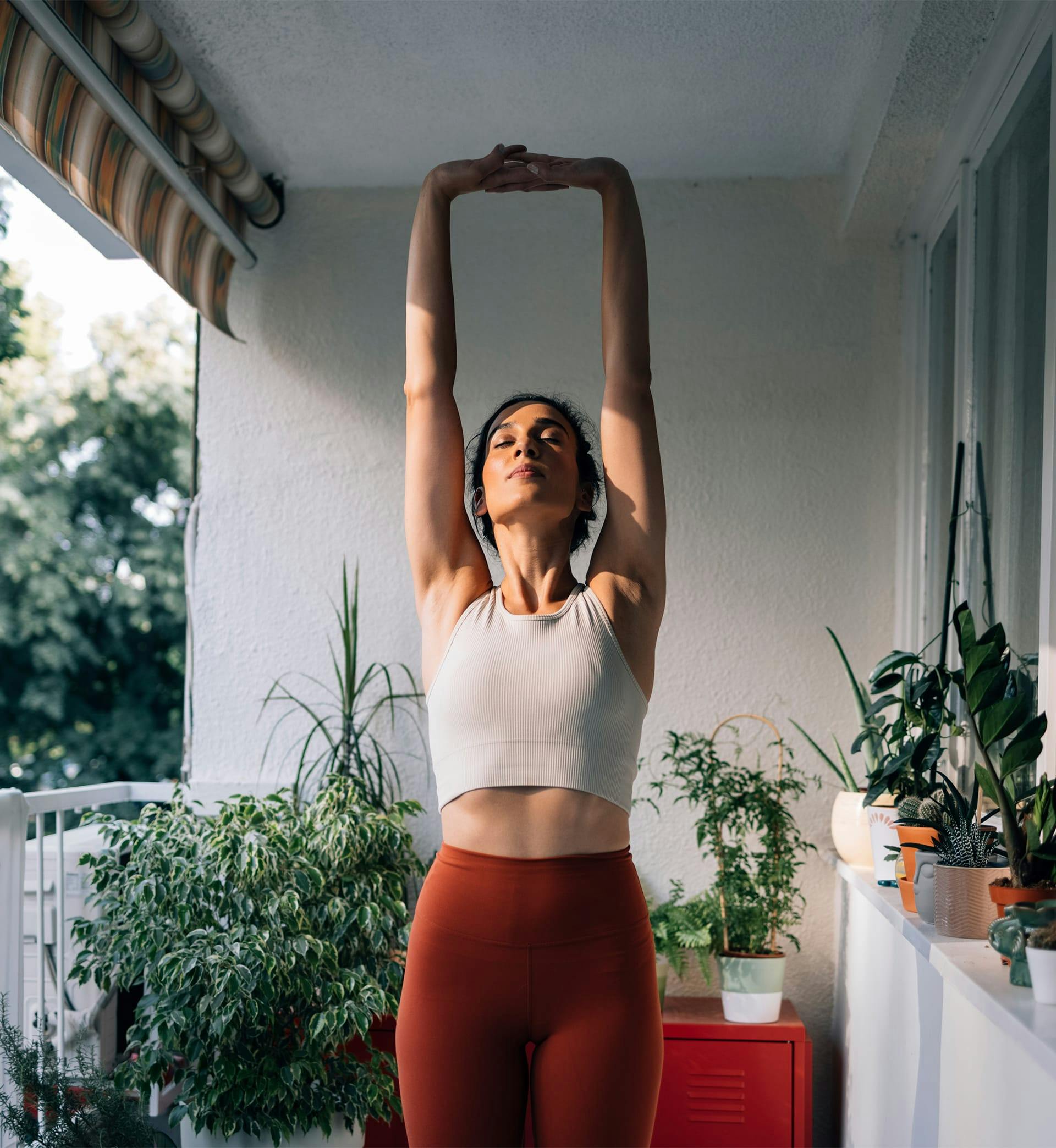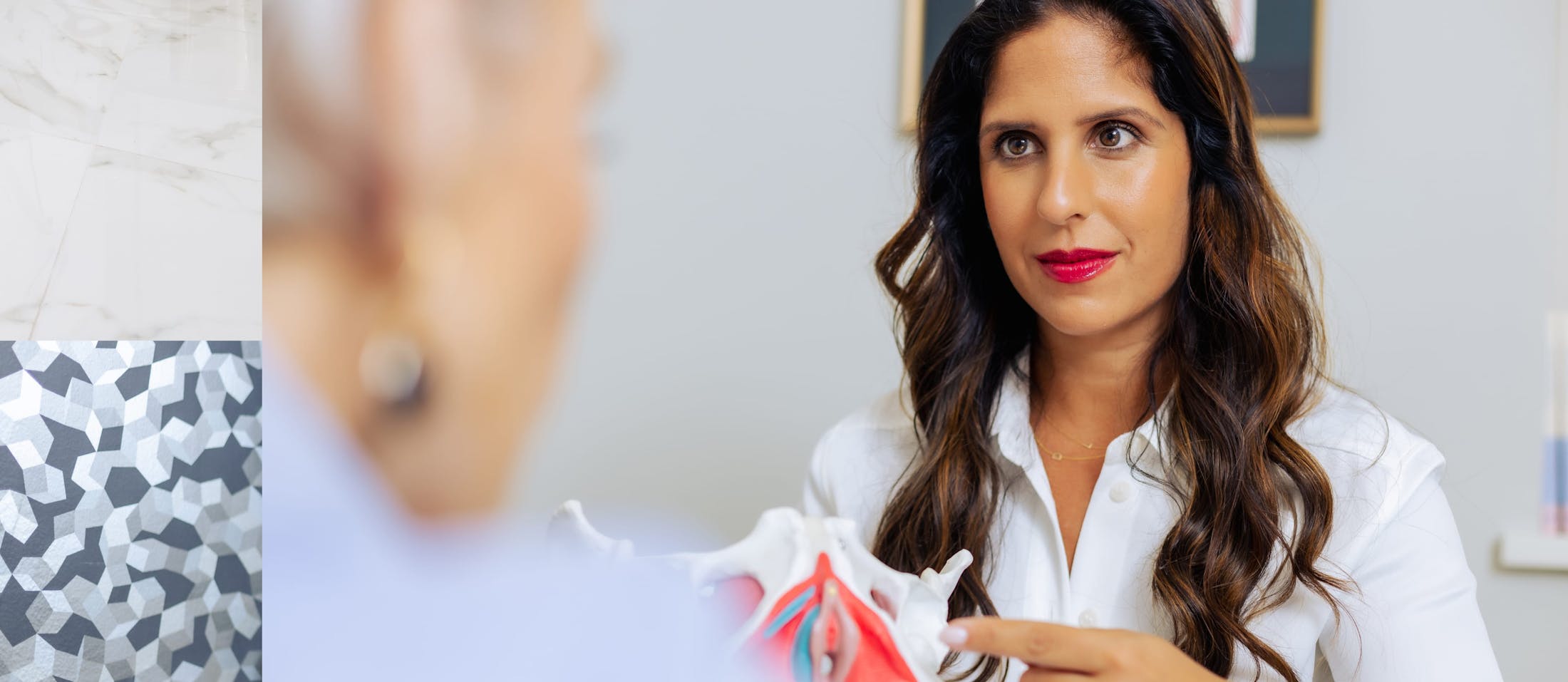Vulvodynia is a chronic and often misunderstood condition, but it doesn’t have to control your life. With expert diagnosis and targeted treatment, lasting relief is possible. Our doctor specializes in vulvodynia in NYC and is here to help you find answers, support, and a path forward.
What Are Some of the Causes of Vulvodynia and Vestibulodynia in New York?
Vulvodynia or vestibulodynia can often be challenging to diagnose, and patients can suffer for long periods. This fact, let alone the intense discomfort, can make life with vulvodynia extraordinarily stressful and upsetting.
While often the exact cause is multifactorial, vulvodynia and vestibulodynia can be associated with:
- Past vaginal infections
- Injury or trauma to the vulvar area
- Hormonal changes
- Allergies or sensitive skin
- Disorders in the pelvic floor
- Neuroproliferative (proliferation of nerve cells) changes
There is no reason to lose hope if you are experiencing this — treatment is possible by working with a pelvic pain specialist.






